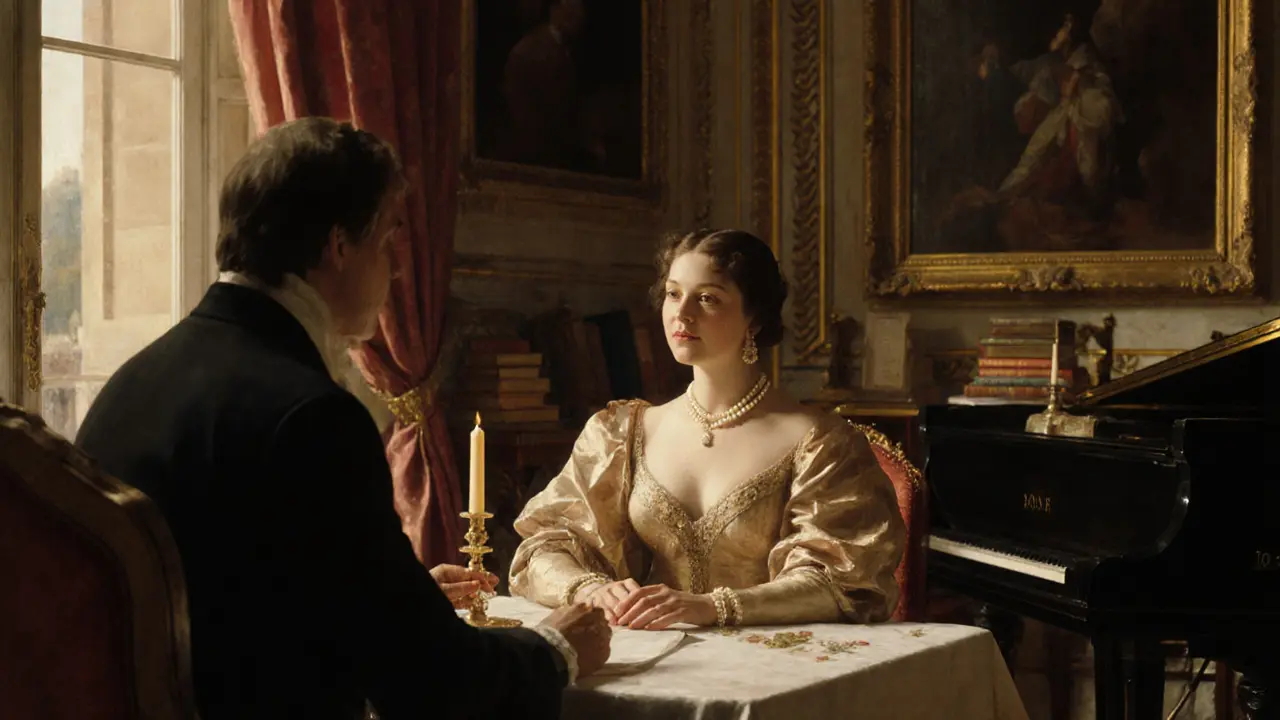Explore the hidden history of escorts in Paris-from royal mistresses and courtesans to modern-day independent professionals. Discover how companionship evolved in one of the world’s most romantic cities.
Read more
When you think of Paris escort history, the long-standing tradition of professional companionship in Paris, shaped by art, politics, and social change. Also known as French escort culture, it’s not just about modern services—it’s a thread running through centuries of French life. This isn’t a story of secrecy alone. It’s a story of survival, elegance, and quiet rebellion.
Back in the 1700s, Paris was ruled by kings and queens, but the real power often lived in the salons. Women like Madame de Pompadour didn’t just charm the king—they shaped policy, funded artists, and set trends. These weren’t just lovers. They were advisors, patrons, and influencers. Their role was public, respected, and carefully negotiated. Fast forward to the 1900s, and the city’s brothels were legal, regulated, and even tourist attractions. The famous Maison Close, state-licensed brothels in Paris that operated openly until 1946. Also known as regulated houses of pleasure, they were clean, orderly, and staffed by women who often had contracts, medical checks, and even pensions. When they were shut down, the industry didn’t disappear. It went underground—but it never lost its identity. Today’s Parisian companions still carry that legacy: discretion, sophistication, and a deep understanding of social nuance.
The modern escort in Paris, a professional companion offering personalized, respectful, and often long-term connections in the French capital. Also known as Parisian companion, it’s not about transactions—it’s about timing, tone, and trust. You won’t find loud ads or flashy websites. You’ll find quiet WhatsApp messages, coffee meetups in Le Marais, or dinners in Saint-Germain. Many of these women are multilingual, well-traveled, and educated. They don’t just show up—they listen. They remember your favorite wine, your last trip to Lyon, your job stress. That’s why clients return. That’s why the industry thrives, even without legal protection.
Paris doesn’t celebrate its escort history in museums. It lives in the way a woman walks into a quiet bar at 8 p.m., orders a glass of Burgundy, and starts a conversation that lasts until sunrise. It’s in the art of the unspoken. In the way a man can feel seen without having to explain why he’s lonely. That’s the real Paris. Not the Eiffel Tower selfies. Not the tourist cafés. But the hidden connections that have kept the city’s soul alive for centuries.
What follows is a collection of real stories, tips, and insights from people who’ve walked this path—whether as clients, companions, or curious observers. You’ll find guides on how to navigate the scene safely, what makes Paris different from Berlin or Milan, and why so many return year after year. No fluff. No myths. Just the truth, told quietly, like it should be.

Explore the hidden history of escorts in Paris-from royal mistresses and courtesans to modern-day independent professionals. Discover how companionship evolved in one of the world’s most romantic cities.
Read more